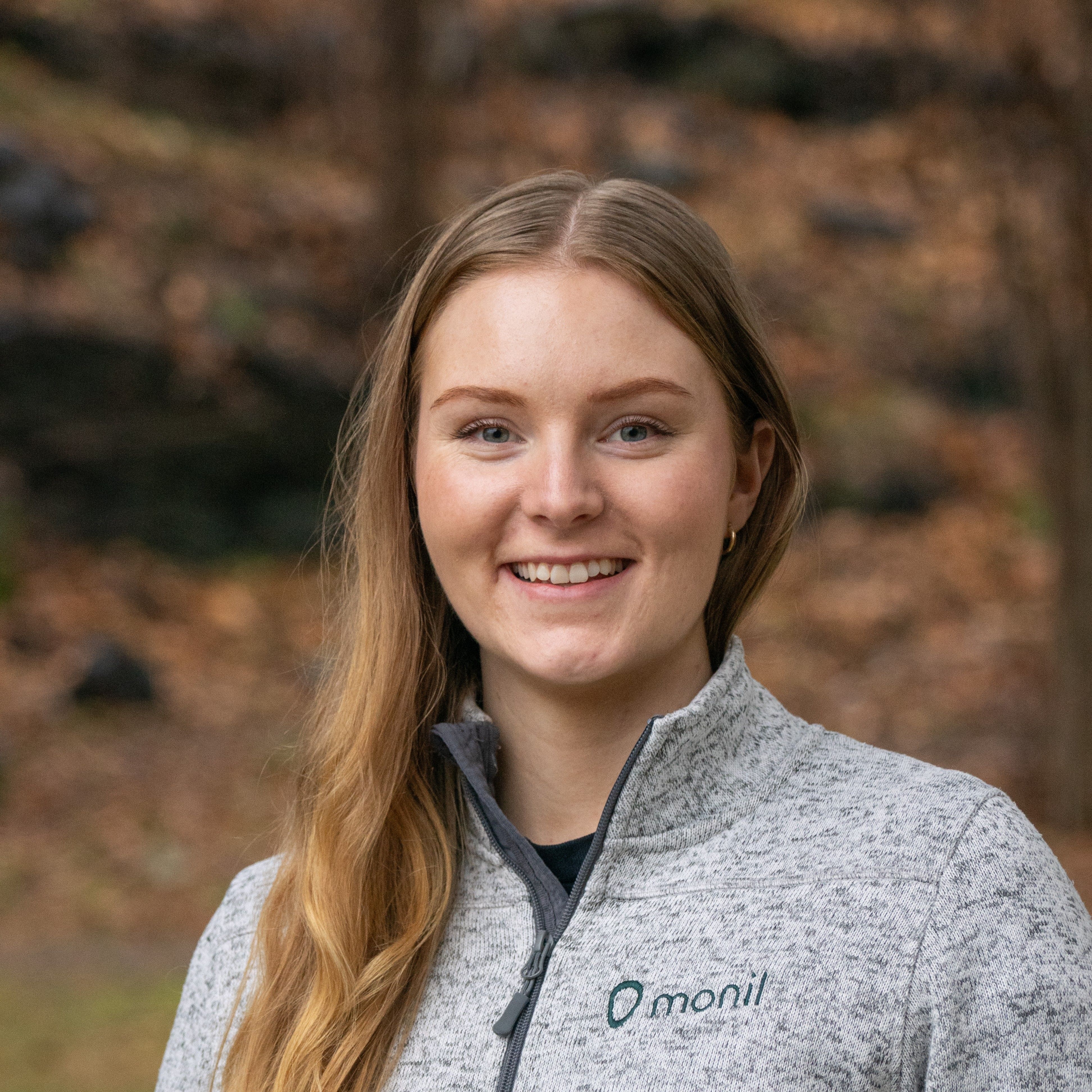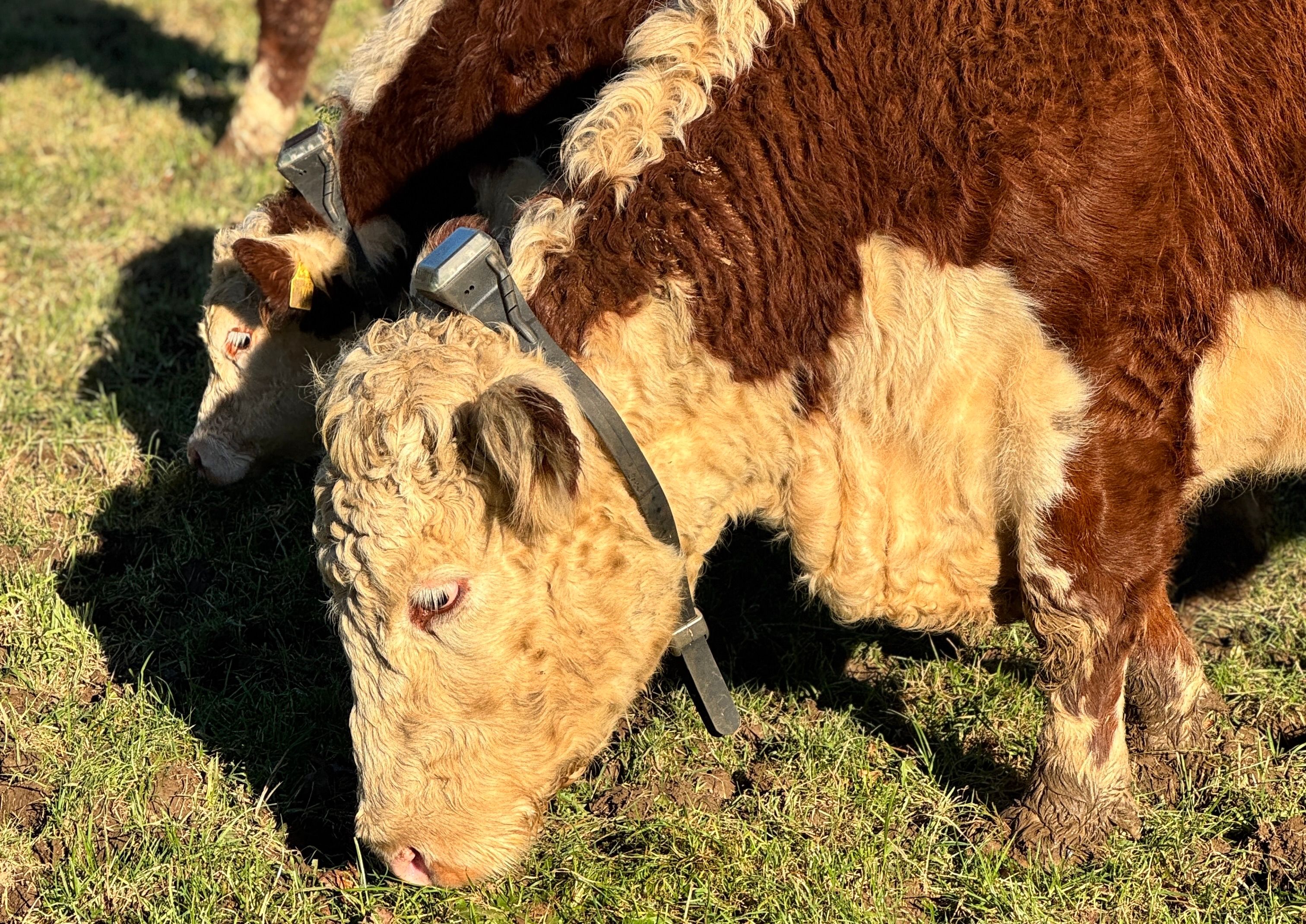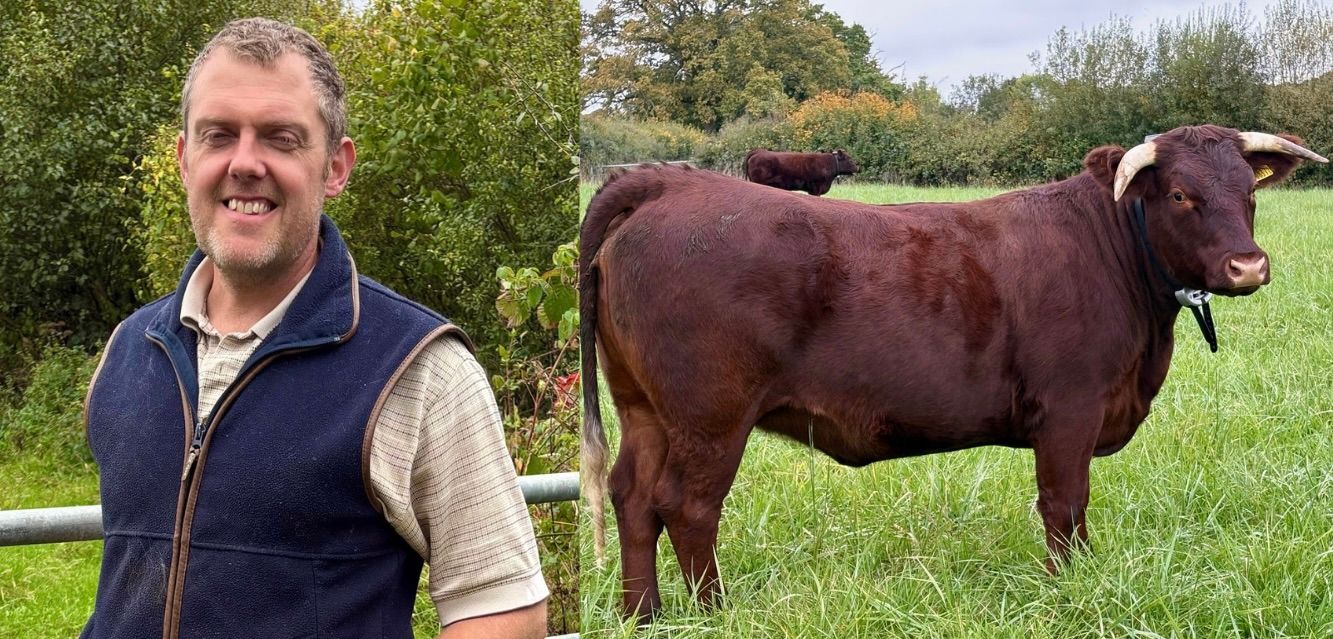A Safer Calving Season: Tracking Animals for Peace of Mind in South Ayrshire


At Rowanston Farm in South Ayrshire, John and David Andrew are embracing a new way of managing their herd. There they have 25 in-calf Luing cross and Simmental heifers due to calve on the hill this autumn. The Andrews use Monil’s virtual fencing system to improve pasture use, but the system's value truly shone when they reduced daily stress during calving season. By knowing where the expecting heifers are, they gain peace of mind.

A New Way to Calf on the Hill
The cows begin calving between late August and early October, and the plan is always simple: keep them in a defined area on the hill and track their movement closely. With the use of data from technology, this season, they can use the data to spot changes in behavior that might signal a calving event or potential issue.
“We spend around three hours a day during calving season checking the cows,” says David. “If we can save time and know earlier when something’s wrong, that’s a huge win for us and the animals.”
The ability to monitor cows individually and detect deviations from herd movement patterns gives them insight they’ve never had before.

Monitoring That Makes a Difference
During the calving season, the Andrews will use the Monil app to observe movement trends. This close tracking gives them the ability to act quickly if needed, make better decisions, and reduce stress for both the farmer and the herd.
“If we can catch signs of calving early—like one cow lagging behind or straying from the group—we can respond faster,” says John. “That kind of info could save a calf or a cow.”
This is exactly the kind of product that Monil is building. Thanks to the sensors' proximity to the cow's neck, all sorts of data can be leveraged, including activity that is normally associated with calving. As Monil Engineer Solveig Mohr explains: "At the beginning of 2025, we released a classification model to describe the activity of the animals. It continuously runs on all our devices and analyzes data from the accelerometer sensor on the collar to determine whether the animals are resting, grazing, walking, or running. Initially, we will provide alerts for abnormal activity. This could be if the animals are moving significantly less than usual."
Reclaiming Wild Ground, Restoring Balance
The hills where the heifers graze has grown wild in recent years, becoming harder to access and less useful for livestock. With good planning and virtual fencing, the Andrews aim to reclaim it gradually, improving grazing conditions not only for cattle, but also for sheep and wildlife.
“This is a conservation tool, too,” says David. “We’re not just fencing—we’re managing resources.”

Making the Most of Every Acre with Virtual Fences
If all goes well, the Andrews plan is to expand their use of the system to 50 collars and put those on their spring-calving cows next season. Their long-term goals are to keep cows on the hill, reduce grazing pressure near the farm during calving, and make the most of every acre.
“We’ve got good ground that’s underused and a hill that’s harder to manage,” John says. “This helps us do both better.”
At Monil, we’re proud to support forward-thinking farms like Rowanston. With each season, we learn more together and continue to help farmers feel confident in their operations. Animal welfare is definitely a part of that.
What to make sure your herd is safe all grazing season long? Get in touch today and learn how Monil is taking animal monitoring to the next level.

